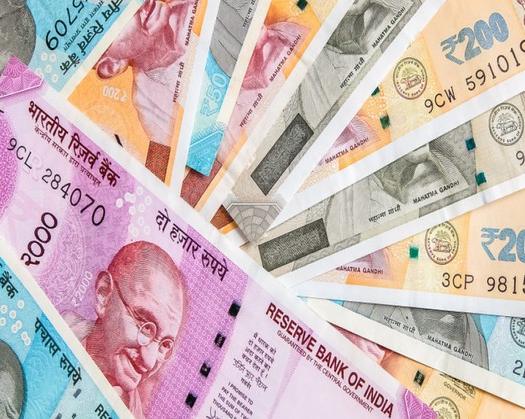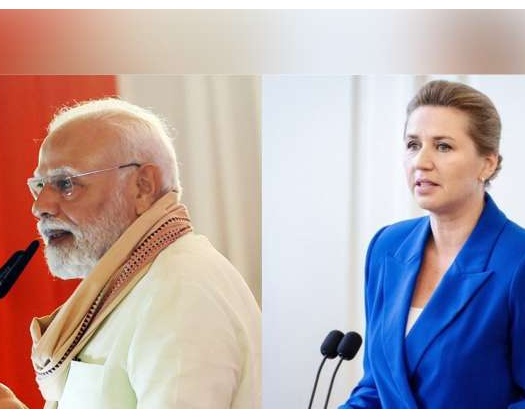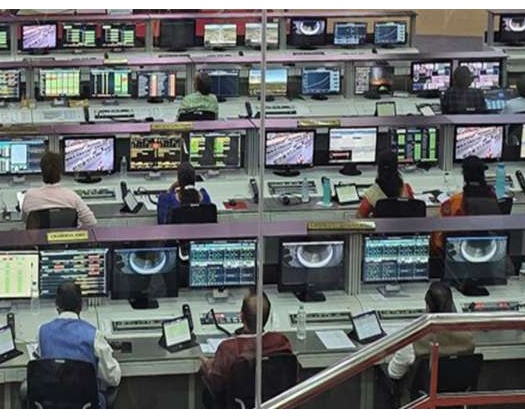New Delhi: In the final quarter, the Indian rupee encountered robust competition from other leading Asian currencies, notably the Japanese yen and the Chinese yuan.
Data reveals that over the preceding three months, the Indian rupee experienced a depreciation of 0.6 percent, in contrast to the appreciation of Japan's yen and the Chinese yuan against the U.S. dollar during the same timeframe.
The Japanese yen witnessed a significant appreciation of 9 percent against the U.S. dollar, whereas the Chinese yuan saw an increase of over 3 percent. Experts attribute the decline in the Indian rupee to short-term events rather than long-term factors, noting that these events have provided a temporary boost to the yen and yuan.
In Japan, the yen saw a notable increase in value following the announcement of the country's first rate cut in two decades, which rendered its markets more appealing to investors. The surge in liquidity within the Japanese economy led to a stronger yen against the U.S. dollar.
Similarly, the Chinese yuan benefited from a stimulus package introduced by the government, which helped bolster market confidence and contributed to the yuan's appreciation against the U.S. dollar.
"The Indian rupee has depreciated by 0.6 percent against the dollar in the last quarter, while other major Asian currencies such as Japan's yen and the Chinese yuan have seen appreciation. This appreciation is not a long-term trend; rather, it is a result of short-term events like Japan's rate cut and China's stimulus package, which have contributed to the appreciation of these currencies. The Indian rupee has shown resilience and has improved following the Federal Reserve's rate cut, currently ranging from 83.56 to 84.28," stated Ajay Kedia, Director at Kedia Advisory, in a one-on-one interview with ANI.
Despite these developments, experts maintain that the decline in the Indian rupee is temporary, as the currency remains fundamentally strong. The rupee has strengthened in the aftermath of the U.S. Federal Reserve's rate cut, making Indian markets more attractive to foreign investors. However, the recent short-term events in Japan and China have had a temporary impact on its performance against the U.S. dollar.
Market observers will continue to monitor these developments closely, yet remain optimistic about the long-term stability of the Indian rupee.









